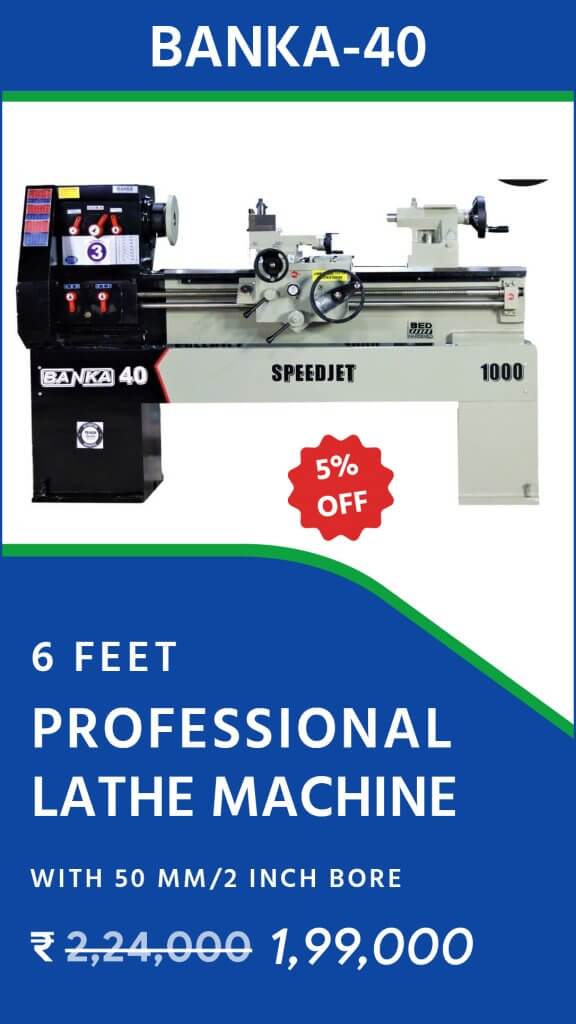Different Types Of Lath Machine Parts
A lathe is a machine tool which rotates the work-piece on its axis to perform various operations such as cutting, sanding, drilling, or deformation, facing, turning, with tools that are applied to the work-piece to create an object which has symmetry about an axis of rotation.
- BED
- The bed of the lathe provides the foundation for the whole machine and holds the headstock, tailstock and carriage in alignment. The surfaces of the bed that are finely machined – and upon which the carriage and tailstock slide – are known as “ways”. Some beds have a gap near the headstock to allow extra-large diameters to be turned. Sometimes the gap is formed by the machined ways stopping short of the headstock, sometimes by a piece of bed that can be unbolted, removed–and lost.
- SADDLE
- The casting that fits onto the top of the bed and slides along it is known, almost universally, as the “Saddle” – a self-explanatory and very suitable term.
- APRON
- The vertical, often flat and rectangular “plate” fastened to the front of the “Saddle” is known as the “Apron” and carries a selection of gears and controls the allow the carriage to be driven (by hand or power) up and down the bed. The mechanism inside can also engage the screwcutting feed and various powered tool feeds, should they be fitted.
- CARRIAGE
- The whole assembly of Saddle, Apron, Top and Cross Slide is known as the “Carriage”.
- HEADSTOCK
- The headstock is normally mounted rigidly to the bed (exceptions exist in some production, CNC, automatic and “Swiss-auto” types) and holds all the mechanisms, including various kinds and combinations of pulleys or gears, so that the spindle can be made to turn at different speeds.
- BACKGEAR
- As its name implies, “backgear” is a gear mounted at the back of the headstock (although in practice it is often located in other positions) that allows the chuck to rotate slowly with greatly-increased torque (turning power).
- LEADSCREW
- Originally termed a “master thread”, or described as the “leading screw”, but now always referred to as the “leadscrew”, this is a long threaded rod normally found running along the front of the bed or, on some early examples running between the bed ways down the bed’s centre line.
- CHANGEWHEELS AND TUMBALEREVERSE
- These are the gears that take the drive from the headstock spindle down to the leadscrew. They are normally contained within a cover at the extreme left- hand side of the lathe – but many older lathes, built in times when manufacturers were not concerned with saving people from their own carelessness, left them exposed.






